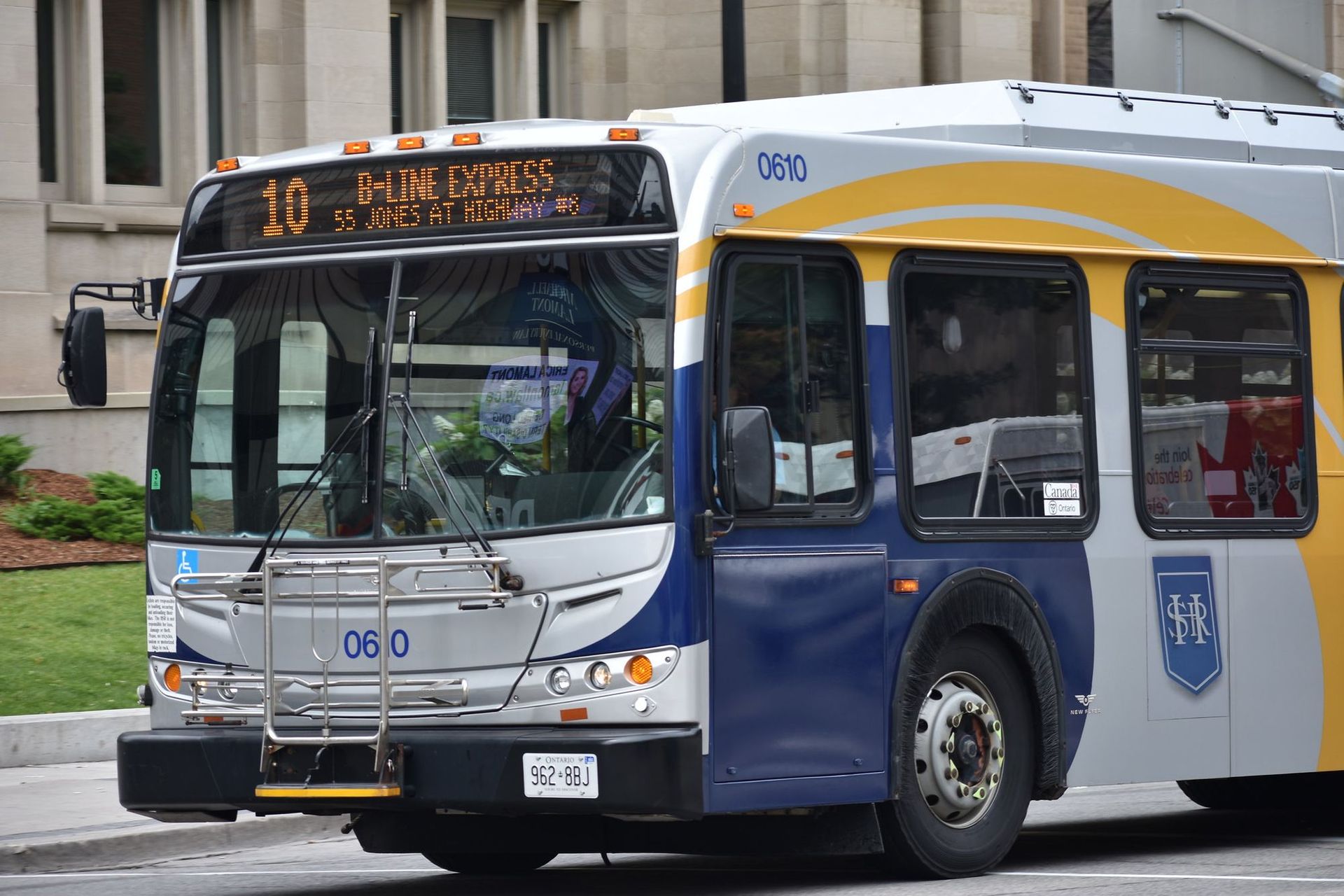Public transit will be an ongoing cost pressure for municipalities, even when fare box collection resumes. Transit costs are now driven by the public health objective of physical distancing.
This is a quick post of some of the factors to be considered, and when I fully resume my work on The Public Record on May 1st, I'll work on the detailed numbers for Hamilton. For the time being, let's look at things.
Here's the TLDR version: Ridership is down, physical distancing limits buses to 10 or 15 passengers, hence the drop in ridership is close to the drop in capacity, thus, it is near impossible to eliminate buses while maintaining physical distancing. The cost of operating a bus is fixed per hour, regardless of passengers. Thus, there are practically no measures transit agencies can take to address the deficits they are running.
Transit Ridership is down, large systems are reporting between 80 to 90% ridership decreases.
Let's look at the question, can the number of buses on the road be decreased while still serving essential workers and essential trips?
The short answer is probably not.
To enact physical distancing, seated capacity per bus is decreased between 66% to 70%.
The standing capacity calculation varies depending if the load is optimal to "crush capacity". Using an optimal standing load of 25%. Thus a regular sized bus which now seats 10 passengers previously carried an optimal load 42 passengers. This represents a decreased capacity of 76%.
Keep in mind the system often operates at crush capacity on mainline routes. The capacity lost expressed as percentage is likely greater, I'm just ball parking for the sake of providing an overview.
This brings us to fixed costs.
Similar to many operations, including those in the private sector, building maintenance, fixed infrastructure and facility upkeep are unavoidable costs.
Support costs (garages, HR support, buses, maintenance, infrastructure, supervision) are nearly fixed, in theory that could be scaled back, but the ability to do so is limited. There is a base amount of support required no matter the number of buses in passenger service.
Thus, cancelling 25% of bus service does not result in a decrease of 25% for support costs.
Cancelling 25% of passenger bus service does result in a decrease to road operation expenses of basically 25% (again, excluding fixed and support costs), however, this returns us to the available capacity issue and the question we are trying to solve: how to provide essential trips.
Thus back to the reality of the situation, transit costs are directly tied to the public health objective of physical distancing.
Capacity per bus will inevitability increase as our public health infrastructure of testing and tracing improves, and other measures are taken.
We are now instructed to wear masks on federally regulated airlines.
On Friday, Transport Canada stated "Passengers travelling by rail or motor carrier/bus modes of transportation are also strongly encouraged to wear non-medical masks or face coverings as much as possible. Passengers may be asked by the transportation operator to cover their noses and mouths when physical distancing is not possible."
Capacity increases will likely mirror the slow reopening of the economy; thus the ratio of riders to capacity will not much change. Transit costs will remain tied to public health objectives.
Leaving us with the policy issue to be solved, how to fund public transit in era of COVID-19.
Further Reading
This New York Times piece gives you a sense of the competing factors to be weighted and potential outcomes of political decisions on transit. It is in front of the NYT paywall, it does require signing in by email or social network.
The Worst-Case Scenario: New York’s Subway Faces Its Biggest Crisis
